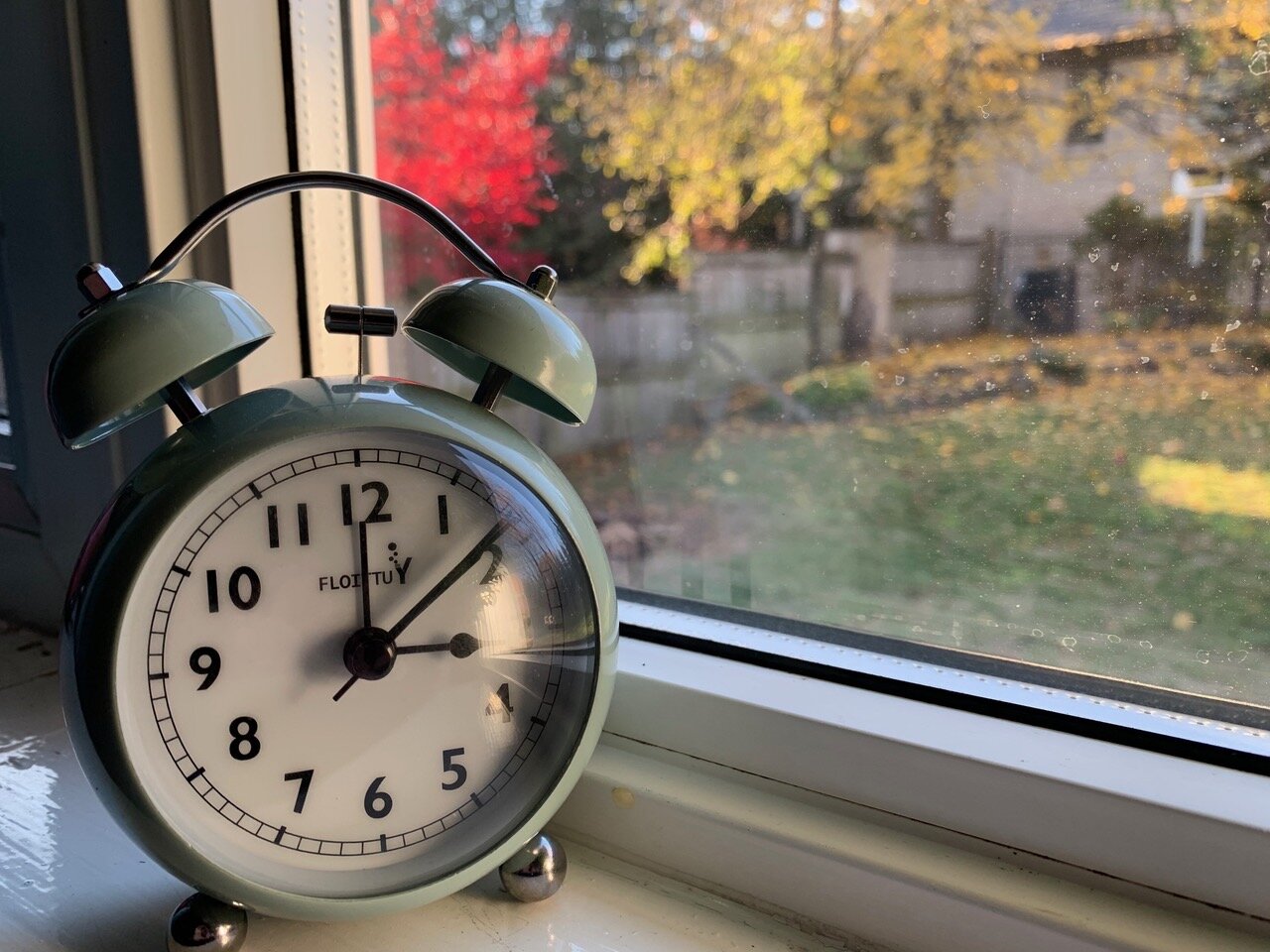The eight types of Torontonians that you are bound to encounter
By: Mia Maaytah
Toronto has many different neighbourhoods and communities. Within each, there are many types of people, but these classifications aren’t geographically or culturally based. Instead, they’re determined by personality, habits, and material appearance.
Like a real-life “Where’s Waldo,” look for these distinct groups of Torontonians the next time you visit the Six.
The Toronto Man
I’m almost 100 per cent sure that these guys make up the majority of SoundCloud accounts ever created. They’re usually standing in some kind of corner with a designer belt on and a wallet full of $20 bills, but, you can’t miss them. On King and Spadina, at Rebel, during a Raptor’s game, there they are: pants sagging low, toque pulled down past their eyebrows, Jordans extremely clean and most likely to appear on Flight Club tomorrow night. They use words like “Cyattie,” “Bucktee,” and “Jeeeeeeeeez!” They love the TTC, Snapchat, GoodLife Fitness, and commenting on every 6ixBuzzTV post. They just released a song called “Stackin’ Paper.”
The King Street Crawlers and King Street Classics
This group is divided. On one side, we have the crawlers. These are the people who come downtown only on weekends, unaware that Toronto is more than Petty Cash, Belfast Love, and Warehouse on Queen. They don’t tip well – if they tip at all. They order the cheapest lagers on tap, a tequila-pineapple for their girlfriends, and they keep the ATMs in business. They complain about the price of cocktails even though they don’t order any, and always seem to lose their coat check tickets. They post their entire night on their story, and tell everybody about their weekend in “Tor-ahn-toe.”
On the other side are the King Street Classics. These people live downtown, although none of them grew up there, and have a degree from Ryerson that hasn’t amounted to anything – yet. They know everybody, they know everything, and every single one of them has worked in hospitality for more than eight years. They’re the heart of downtown. They make a lot of money, spend a lot of money, and know all of the best underground spots in the city. Sometimes they venture outside of their regular hookups and canoodle with the Crawlers – until the Crawlers want to be in a relationship. Absolutely not.
The Off-the-Mappers
These people live downtown but are never there. They work in the downtown core and usually talk about their busy morning walking their dog and their detour at Starbucks. They only drink white wine or vodka-crans, own a lot of plants, and vow not to wear bright colours. They hang out with their hometown friends more than anybody from the city and rent a parking spot in their building that costs them $180 a month. They’re usually in a relationship with somebody they went to high school with, and because they always say “next time,” to spontaneous plans, they rarely get invited out anymore.
The Boujees
I’ve mentioned designer belts, but let’s get more specific. Let’s talk about Gucci belts. These girls love them. And not just the belts, but those black Gucci purses with the silver chain. You know the ones. They love posting photos with their friends who – you guessed it, rock the same Gucci accessories. Their hair is always blow-dried, and their lips are really, really glossy – even after they take off their mask! They never pay for anything but are always sitting in a booth with bottles of Grey Goose and Don Julio 1942. They don’t dance and don’t smile at people walking by. They’re usually single but if there’s a man in the picture, he pays for the girls’ dinner at Kost.
The Homegrown Beach-ers
These people have lived in Toronto their entire life and know that the house they grew up in near the Beaches is now worth millions of dollars. They shop at Aritzia and Frank And Oak, and more recently have begun following the trend of thrifting - at Black Market on Queen St. They went to university at Guelph or Western, an expedition funded by their parents, but after graduation, they moved back home and took a job in retail. They’re notorious for having the same group of friends since middle school, and would rather throw a house party than go to a club. They update their Facebook profiles as often as possible.
The Bay Street Wannabes
I can’t help but say it: they love The Wolf of Wall Street. Even if they don’t officially proclaim it, they constantly replay the scene of Leonardo selling the pen. These guys love Negronis and Old Fashioneds. They go to the Earls at 5 p.m. on the dot every Thursday and laugh louder than any group in the place. They post pictures of the CN Tower and caption it, “early morning grind.” They hashtag things like #SelfStarter and #MillionaireLifestyle, and the only likes they get are from their mom and an account titled @Entrepreneuer_ForReal - that they run. Their Tinder profile features three photos of their dog, and their bio states their height and the “100” emoji.
The Building The Brand-ers
This group loves to show-and-tell. Wherever they are, whatever they’re doing, it’s on social media. Brunch with friends? They take a picture of their food, edit it on VSCO, post it, and tag the restaurant. They have more than seven thousand followers, are always in other peoples DM’s trying to sell a new hair-care product, and never passed King and Bathurst. They only visit clubs if it is a promotional event, and walk around asking if everybody has everything they need although they’re a guest at the party. They sell their old clothes on Etsy and post videos of themselves packaging sold items. They love Pinterest and their small white dogs with boogers in their eyes.
The “Yeah, I’m From Toronto”-ers
Etobicoke, Scarborough, York, Durham, Brampton, Mississauga, – no you’re not.









